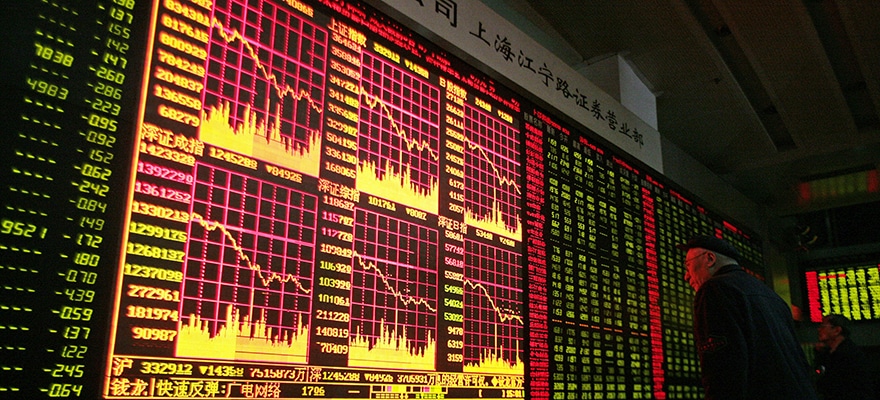For financial professionals, we have had the fortune/misfortune of coming through two “once in a generation events” just more than a decade apart. As we slowly ease out of the worst days of coronavirus turmoil, there’s some time to reflect on the similarities and differences between these two events that impacted global history.
To understand what happened, it’s important to start at the origins. The Global Financial Crisis seeped out of a confluence of factors, none more important than the insatiable demand for American mortgage securities. From there it spread, after a series of smaller eruptions in the spring to a sharp global downturn that took a decade to recover. What we’ve seen this year is something far from the financial system – a health crisis. Although it began in China, the global nature of the pandemic led to a sudden sharp contraction across sectors and geographies. The floor fell out from the world economy, suddenly and sharply. There were fewer safe havens for investors – the plan from the last crisis to ‘shift to quality’ was not as clear.
This translated into different behaviors for traders. Both crises were accelerated by related events – the collapse of Lehman Brothers in September 2008 and meltdown in oil prices after disagreements among producers and oversupply in America. The result was spiking Volatility throughout the market. This crisis brought even sharper readings on the VIX – with the metric spiking four times above its monthly average before the crisis – to levels not seen for decades. While the last crisis was bad, this is even worse.
What can we learn from 2008?
Many actors – at all levels of government and industry – are trying to learn the lessons of the last crisis in order to improve their response this time. Central banks moved with speed and alacrity that wouldn’t have been possible before the last recession. Interest rates, quantitative easing and asset buying programs – all of which had to be created over the summer and autumn of 2008 – were quickly reactivated.
What does this mean for brokerages? This is where things really start to diverge. Twelve years ago traders pared exposure and fled for safety. Volumes plummeted as traders settled in for what turned out to an extended slump and slow recovery. This year has been very different. Here the rapid moves in the market have led divergence between the ‘real’ and ‘investment’ economies to be a priority for all. A legacy of quantitative easing is the increased amount of Liquidity sloshing through the market – something that is continuing as volatility slides down the scale.
With fewer surefire trades and less specialisation, this is a market meant for multi-asset trading. Investors need to find pockets of opportunity where those emerge – whether they are in foreign exchange, the bond market, cash or through derivatives. Clients will need to be nimble, and so must their providers. Since this crisis is not ultimately a financial one, there is less concern that the financial institutions people use to trade may fall victim to the crisis. Banks are strengthening and re-building the world’s economies, not being bailed out.
Seize the opportunity
A final similarity between 2008 and 2020 is people using the crisis to seize the opportunity and enter the market. Thousands of people traded for the first time or expanded their trading holdings to either capitalise on the correction or additional time in lockdowns. These people are digital not just by choice but a necessity – there are no branches open and no ability to go see a broker in person. A generation of traders has emerged.
We believe the industry will need to be nimble to cover the needs of these new traders. Just a couple months into this new time of turmoil we are not able to anticipate all of their needs, but we know that this audience, much like the markets, will be adapting to the emerging reality.
Alessandro Capuano is Head of Global Brokerage at Fineco Bank
















